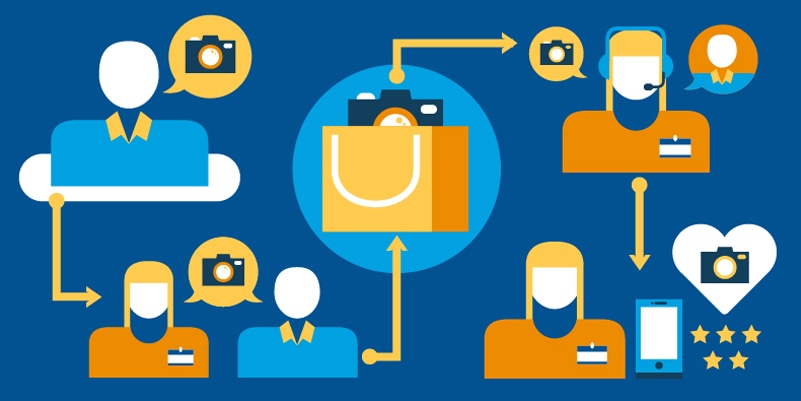Customer journey mapping is a popular framework that startups can use to better understand the customer experience. By mapping out your customer’s journey through your product or service, you can identify where they get stuck and what they need to continue the process. A customer journey map will also help you determine where there are gaps in the experience and how to close them. This article will walk you through this technique from both an anecdotal perspective as well as an instructional guide for how other founders might start their journey maps.
Customer journey map goal
Setting a goal is the first step in any journey. It helps you define what you want to accomplish before beginning the process, and this makes it easier for you to find solutions when problems arise. The goal of a customer journey map is to create a visual representation of how your customers experience your brand. It allows you to identify opportunities for improvement and determine what actions should be taken next.
How to build a customer journey map
Before you build your customer journey map, you’ll want to define the problem you’re solving for your audience. This is a great way to start because it helps you create a hypothesis and set goals for what you want to achieve with your journey map. For example, if your example startup were trying to improve retention rates among new users, they might set a goal of increasing retenion rates by 20% in three months.
This clarity will help guide your efforts as well as make sure that you don’t get sidetracked down unrelated paths. If there are other issues preventing users from getting more value out of your product or service, address those first before jumping into drawing up journey maps—they could end up being short-term solutions at best if they’re not addressing the root cause.
Determine the high points in the journey
High points are those moments of delight you can create for your customers. The following are some of the high points you’ve seen in customer journeys:
- A new user signs up for a service and gets immediate access to their dashboard.
- A retailer sends an email coupon to users who have been inactive on their site for more than 30 days, encouraging them to come back.
- An app gives users a free song as soon as they sign up for its free trial.
How do you know if there’s a high point in your journey map? The best way is by simply asking yourself “what makes this moment valuable?”
Identify pain points
Pain points are the areas where customers are most frustrated and dissatisfied. They’re a great opportunity for startups to improve their product or service, which can result in more customer loyalty and higher profits. It can be identified by asking questions like: “What is frustrating about this experience?” or “What would make it better?” You should also ask your team members who interact with customers regularly what they think the top pain points are.
Conclusion
The customer journey map is an essential tool to help startups understand their customers better and therefore improve their products, services, and marketing strategies. It also enables them to identify potential pain points in the customer experience that can be addressed with targeted actions such as a targeted email campaign or a new product roll-out.












